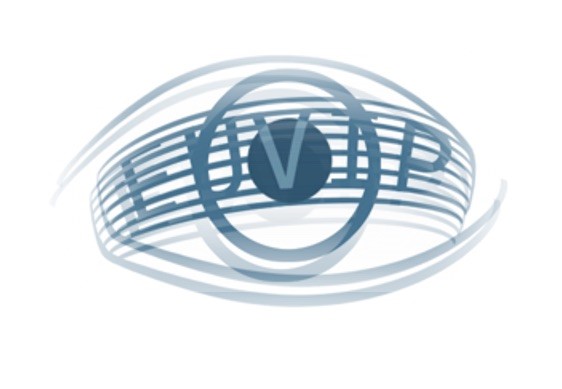

Prof. Wolfgang Heidrich is a Professor of Computer Science and the Director of the Visual Computing Center at King Abdullah University of Science and Technology (KAUST). Prof. Heidrich joined KAUST in 2014, after 13 years as a faculty member at the University of British Columbia. He received his Ph.D. from the University of Erlangen in 1999, and then worked as a Research Associate in the Computer Graphics Group of the Max-Planck-Institute for Computer Science in Saarbrucken, Germany, before joining UBC in 2000. Prof. Heidrich’s research interests lie at the intersection of imaging, optics, computer vision, computer graphics, and inverse problems. His more recent interest is in computational imaging, focusing on hardware-software co-design of the next generation of imaging systems, with applications such as High-Dynamic Range imaging, compact computational cameras, hyperspectral cameras, to name just a few. Prof. Heidrich’s work on High Dynamic Range Displays served as the basis for the technology behind Brightside Technologies, which was acquired by Dolby in 2007. Prof. Heidrich is a Fellow of the IEEE and Eurographics and the recipient of a Humboldt Research Award.

Visual confidence refers to our ability to predict the correctness of our perceptual decisions. Knowing the limits of this ability, both in terms of biases (e.g. overconfidence) and sensitivity (e.g. blindsight), is clearly important to approach a full picture of perceptual decision making. In recent years, we have explored visual confidence using a paradigm called confidence forced-choice. In this paradigm, observers have to choose which of two perceptual decisions is more likely to be correct. I will review some behavioral results obtained with the confidence forced-choice paradigm, together with a theoretical model based on signal detection theory.
Visual confidence refers to our ability to predict the correctness of our perceptual decisions. Knowing the limits of this ability, both in terms of biases (e.g. overconfidence) and sensitivity (e.g. blindsight), is clearly important to approach a full picture of perceptual decision making. In recent years, we have explored visual confidence using a paradigm called confidence forced-choice. In this paradigm, observers have to choose which of two perceptual decisions is more likely to be correct. I will review some behavioral results obtained with the confidence forced-choice paradigm, together with a theoretical model based on signal detection theory.
created with
Website Builder Software .